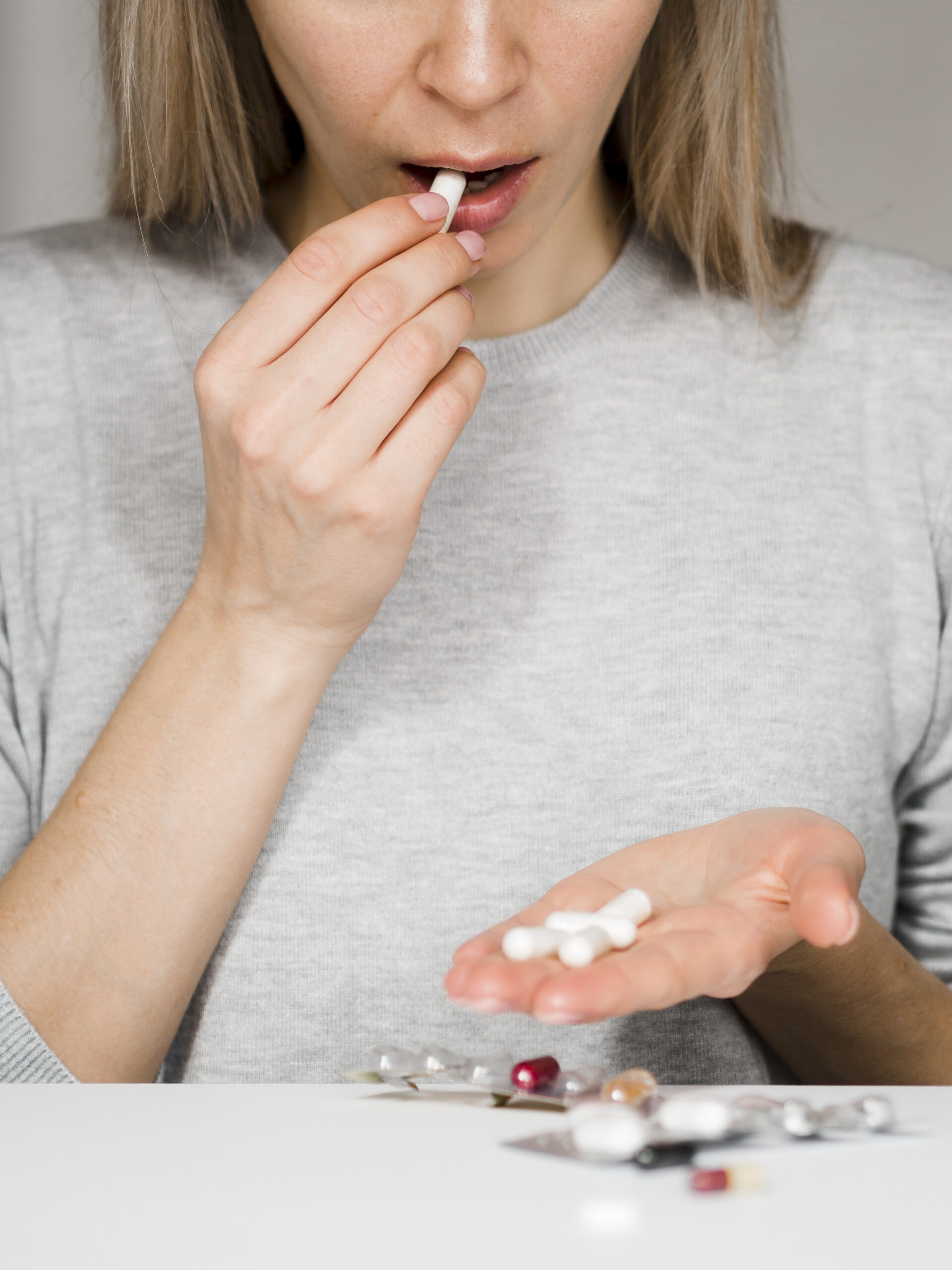Access to Medicines: A Right Made Reality
Having the necessary medication when facing a health condition often seems like a privilege. An overview of how this situation is changing.

In many regions of the world, access to essential medicines continues to be a privilege rather than the right it should be. Despite scientific and technological advances in the pharmaceutical industry, millions of people still face obstacles to obtaining the treatments they need.
In recent years, however, public policies, international cooperation strategies, and innovative models have begun to transform this complex health scenario. Today, access to medicines is increasingly becoming a tangible right for historically marginalized populations.
A Historic Debt to the Most Vulnerable
Access to medicines is a fundamental part of the right to health, as established in international frameworks such as the Universal Declaration of Human Rights and the International Covenant on Economic, Social and Cultural Rights. Yet this right is violated in rural areas, Indigenous communities, informal settlements, and among populations displaced by conflict or natural disasters.
High prices, deficient distribution chains, chronic shortages, and weakened public health systems are the main causes of this situation. Adding to this is the lack of political action, as many countries lack regulatory frameworks that guarantee the universal and equitable supply of essential medicines.
In Latin America, for example, the Pan American Health Organization (PAHO) has reported that between 30% and 50% of the population has regular access to essential medicines. This gap is even wider in Indigenous communities, rural areas, and peri-urban regions where health systems fail to meet basic demand.
In response, several initiatives have been launched to close the gap and guarantee equitable access to medicines. One of these is PAHO’s Strategic Fund, a technical cooperation tool that enables countries in the region to obtain medicines and strategic supplies at competitive prices, ensuring quality and availability.
Thanks to this model, countries such as Bolivia, Honduras, and Haiti have improved the supply of treatments for diseases like HIV, tuberculosis, and malaria, reducing costs and strengthening local pharmaceutical management.
Another example is Colombia, where Constitutional Court rulings have driven reforms in the health system. In 2008, the Court declared access to medicines a fundamental right that could be legally enforced. This allowed thousands of citizens to demand treatments in court that the system was failing to provide, creating transformative pressure on the healthcare model.
In Africa, the Medicines Patent Pool allows low- and middle-income countries to access generics of patented drugs, particularly for HIV and hepatitis C. This voluntary licensing model demonstrates that a balance between intellectual property and the right to health is possible.
The truth is that it is often in vulnerable communities where cases of no access to medicines are most prevalent. Yet these same communities have also led emblematic struggles for access to treatments.
In South Africa, the Treatment Action Campaign (TAC) succeeded in pressuring the government to implement a national policy of free antiretroviral treatment for people with HIV, prevailing over major pharmaceutical companies and mobilizing international public opinion.
In Latin America, patient groups for rare diseases, Indigenous organizations, and community networks are driving strategies of monitoring, political advocacy, and education to provide people with tools to claim their health rights.
These grassroots actions are key to ensuring that regulatory and logistical advances translate into real changes in people’s lives.
Towards an Ideal Scenario: Change Is Possible
Guaranteeing universal access to medicines is an achievable goal, not an idealized vision. To accomplish this, structural problems that perpetuate inequality must be addressed. Strengthening public health systems, promoting local and regional production of medicines, and establishing regulatory frameworks that prioritize public health over commercial and corporate interests are crucial steps.
International cooperation must play a central and active role by facilitating technology transfer, easing intellectual property regimes, and funding research into medicines for neglected diseases.
At the local level, strategies should include community participation in the design and implementation of health policies, especially in vulnerable settings.
It must also be made clear that access to medicines is neither a luxury nor a privilege, but a right derived from the common good. Enforcing this right requires breaking patterns of exclusion and building health systems where the dignity of every individual is the priority.


